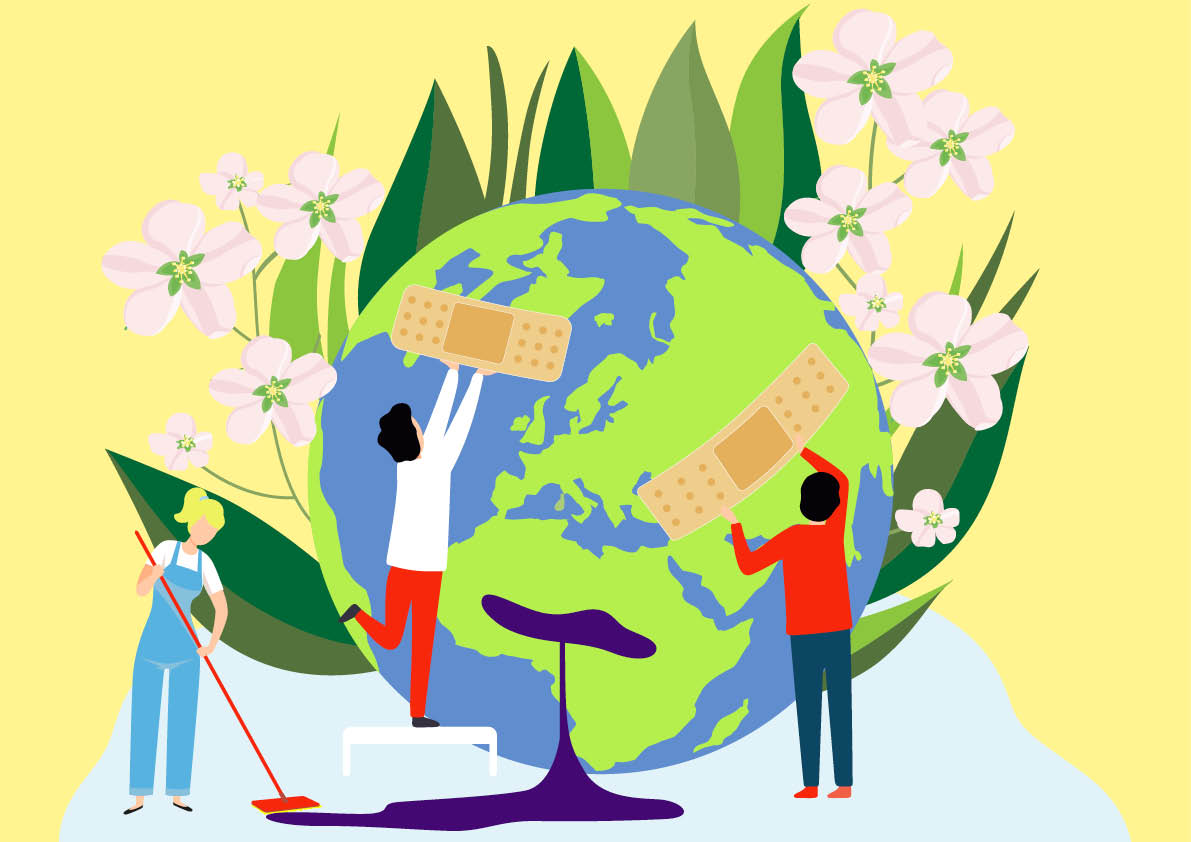Companies can face major challenges when it comes to making an effective contribution to achieving greater sustainability. After all, a lot of work has already gone into making their manufacturing processes and high-tech products as efficient as possible in terms of materials and energy consumption. Yet appearances can be deceptive. As Michael Dieterle, research associate at the Fraunhofer Institute for Chemical Technology ICT, explains, looking at the problem in a new way can help reveal new potential. He is referring to the so-called life cycle gap – i.e., the difference between the energy and the raw materials that go into a product during manufacture and what can be extracted by means of recycling. Consider the lithium ion batteries used in electric vehicles. “In this case, there is a potential saving in carbon emissions of 45 percent,” Dieterle explains. Simply recycling the battery casing would reduce the life cycle gap to 35 percent. Viewed over its entire life cycle, a battery’s carbon footprint would shrink by 8 percent despite the additional work required to remove the casing for recycling.
A profitable prospect, in other words, not least with experts forecasting that the number of electric vehicles is set to rise to between two and three million by 2025. Promising recycling methods are also emerging for the battery innards, which are a rich source of valuable and, in some cases, strategic resources such as cobalt, lithium, nickel and copper, most of which have to be imported from counties outside the EU. Moreover, batteries also contain materials that pose a danger to health and the environment if not disposed of properly. In other words, battery recycling makes perfect sense from an economic and an ecological point of view. The problem is that batteries comprise a complex combination of composite materials. At present, therefore, they are either mechanically shredded or processed pyrometallurgically. In the former case, material purity lies at around 70 to 80 percent, since the shredding process merely reduces the battery to smaller pieces that may well consist of two or more different materials, which in turn require substantial further processing. In the latter case, the batteries are heated in a process known as pyrometallurgical extraction, which yields high material purity but fails to recover all the recyclable materials. What’s more, it is very energy-intensive. Researchers at Fraunhofer IWKS have therefore developed an alternative process. “We use a hydromechanical process to separate all the various components according to material type,” Dr. Jörg Zimmermann explains. “For the anode and cathode materials, the degree of purity is over 99 percent, and it’s practically 100 percent for materials such as aluminum foil, copper foil and stainless steel. Our process is considerably more selective than a purely mechanical process.”
The process works as follows: battery cells are placed in a water bath, where a pulse of high voltage creates a shock wave in the water. This attacks the weak points of the battery cells – i.e., at the joints where one material is bonded to another. Rather than being shredded, the cells are broken into their composite parts, which are sorted into fractions. The process already works on a lab scale, and the pilot plant is now to be modified by the end of 2020 to enable continuous operation.




